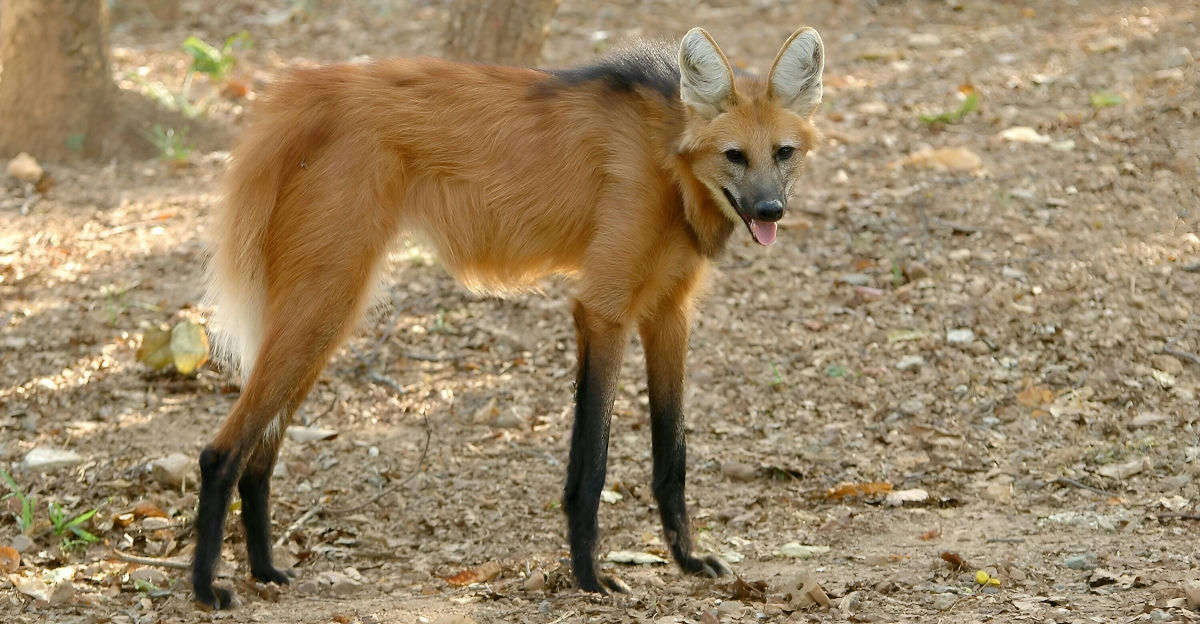
Wolves often symbolize wilderness and resilience, yet some of their rarest relatives face an uncertain future. While the gray wolf population remains relatively stable, certain subspecies are teetering on the edge of extinction.
Of the 38 recognized subspecies, several have been pushed to the brink by habitat loss, human conflict, and hybridization. These wolves have evolved to survive in extreme environments, from scorching deserts to arctic tundra. Their loss would mark the disappearance of vital genetic diversity. Here are eight of the rarest wolf subspecies struggling to survive today.
1. Mexican Wolf (Canis lupus baileyi)
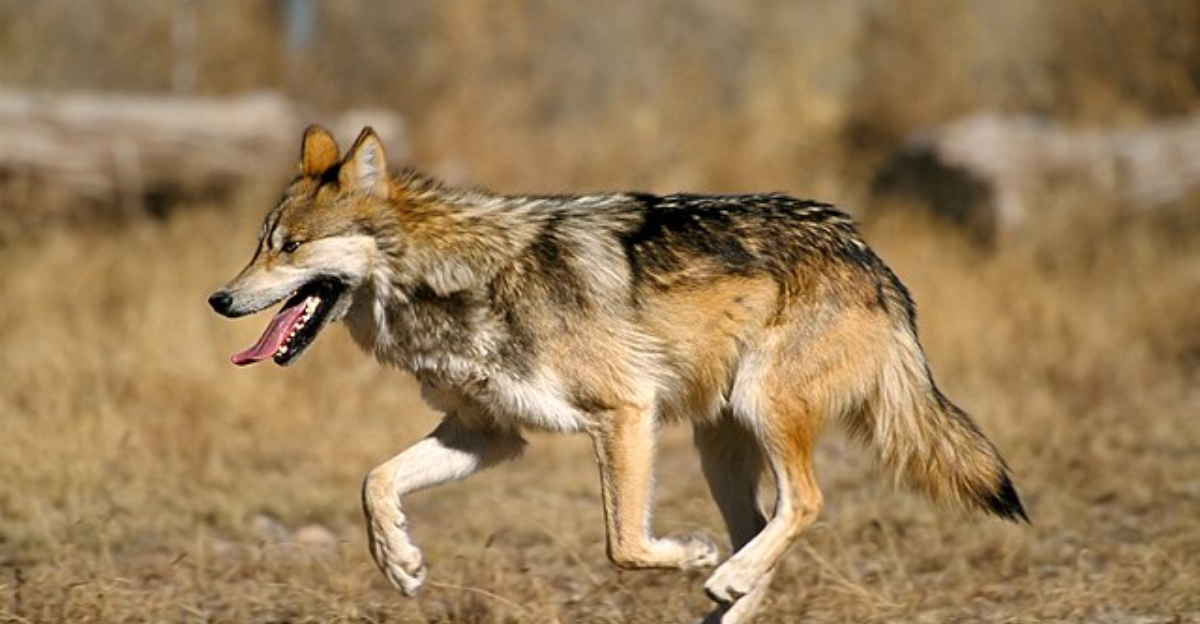
The Mexican wolf (Canis lupus baileyi), known in regional folklore as the “lobo,” is the most genetically distinct wolf in the Western Hemisphere—and one of the most endangered.
Once found across the American Southwest and northern Mexico, they were nearly wiped out by the 1970s due to aggressive extermination campaigns. By 1980, they were almost extinct in the wild. Conservationists intervened, launching emergency breeding programs. In 1998, reintroduction began in Arizona and New Mexico.
As of 2024, the wild population of the Mexican gray wolf reached new heights with a minimum of 286 individuals roaming across Arizona and New Mexico. This accounts for 162 wolves in New Mexico and 124 in Arizona, distributed into at least 60 packs.
2. Himalayan Wolf (Canis lupus chanco)
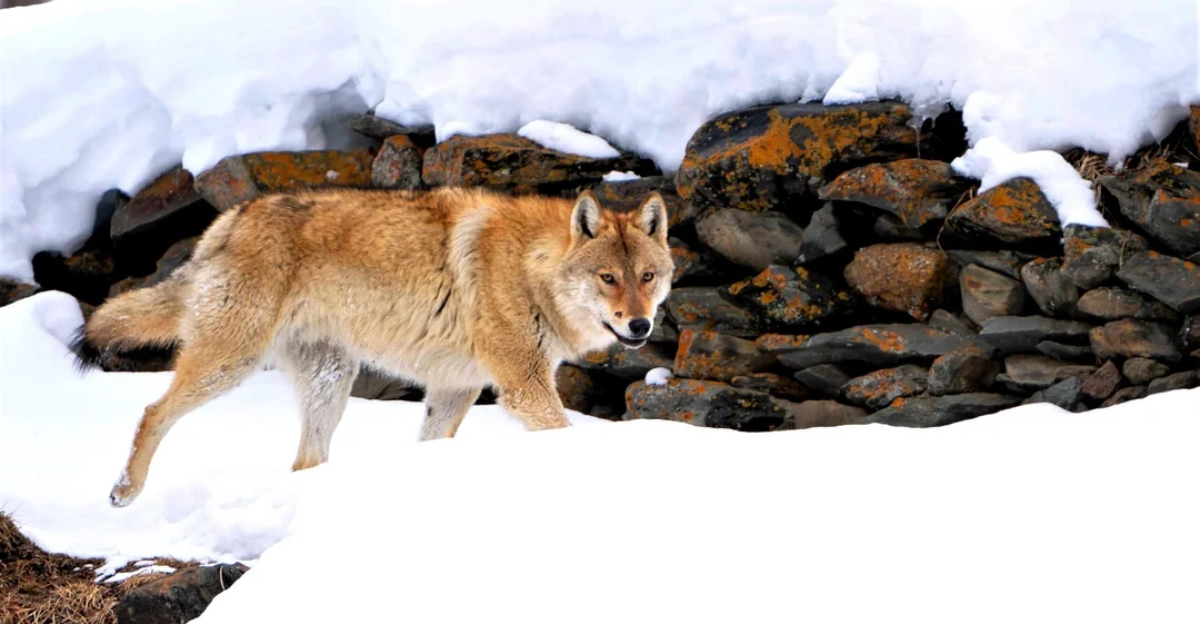
Living at elevations over 4,000 meters (13,000 ft), the Himalayan wolf has developed extraordinary traits for surviving in low-oxygen environments. This species roams the Himalayas and Tibetan Plateau, including remote regions of northern India.
In 2023, the IUCN Red List officially listed the subspecies as “Vulnerable,” with only 2,275–3,792 mature individuals estimated. India hosts a small portion of this population—mostly in Ladakh and Spiti. The Himalayan wolf faces multiple threats: shrinking habitats, declining prey, livestock conflicts, and growing hybridization with feral dogs.
Some scientists even suggest it deserves full species status due to its unique evolutionary lineage. Still, its future remains far from secure.
3. Arabian Wolf (Canis lupus arabs)
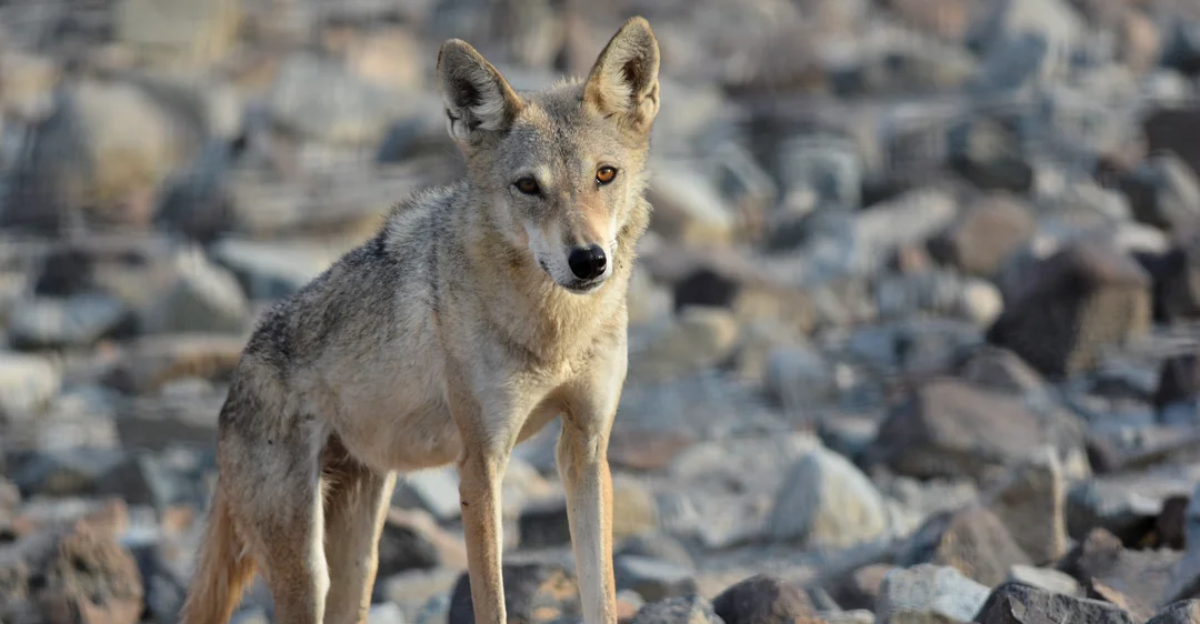
The Arabian wolf is one of the smallest gray wolf subspecies, uniquely suited to survive desert extremes. Native to the Arabian Peninsula and parts of Israel, Jordan, and the Sinai, it has evolved to cope with heat and limited resources.
Unlike other wolves, it often hunts in pairs or in groups of about 3 to 4 animals, taking on prey ranging from insects to small antelope. Genetic studies in 2014 revealed that the Arabian wolf is more closely related to the Eurasian gray wolf (Canis lupus lupus) than to the Indian wolf, supporting its classification as a distinct subspecies, Canis lupus arabs
Though some researchers list it as Critically Endangered, its survival is imperiled by habitat fragmentation, human persecution, and genetic mixing with stray dogs—a growing conservation challenge.
4. Eastern Wolf (Canis sp. cf. lycaon)
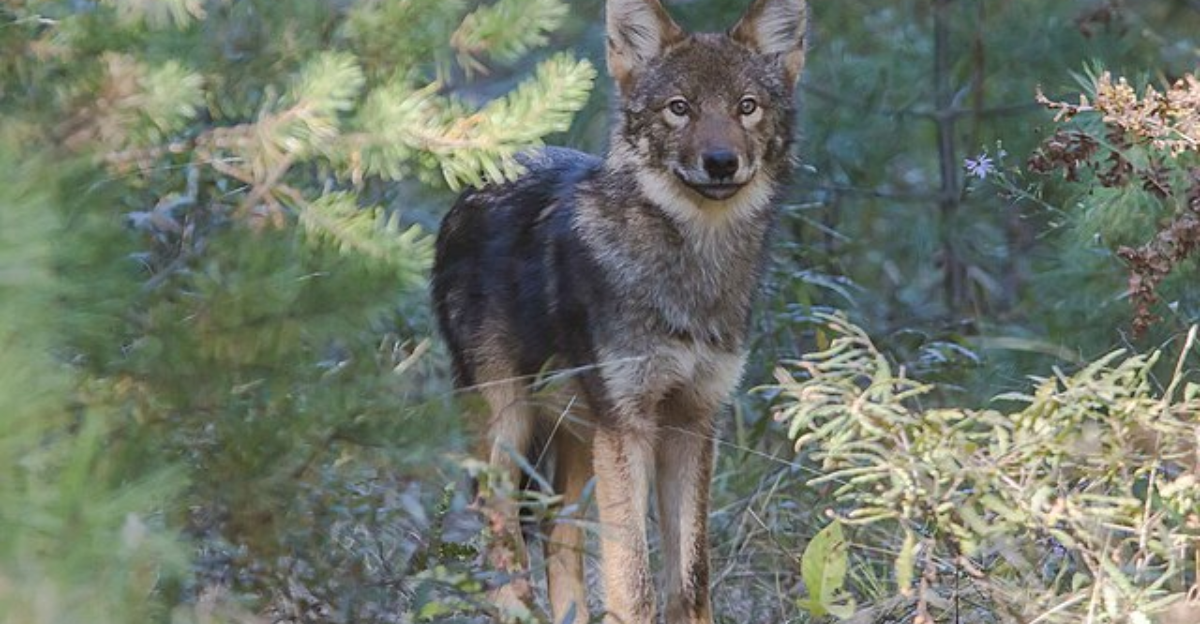
With fewer than 500 individuals left in the wild, the Eastern wolf occupies a controversial spot in the taxonomic hierarchy. Once thought to be a gray wolf subspecies, new genetic evidence suggests it could be a distinct species entirely—possibly Canis lycaon.
These wolves live mostly in protected areas of Ontario and Quebec, where they face constant pressure from encroaching coyotes and habitat fragmentation. Hybridization with coyotes poses a significant threat, especially outside reserves where populations intermingle.
Some scientists consider them the last large wild canid native to eastern North America. Ongoing debates over classification haven’t shielded them from danger; their status remains officially threatened.
5. Baffin Island Wolf (Canis lupus manningi)
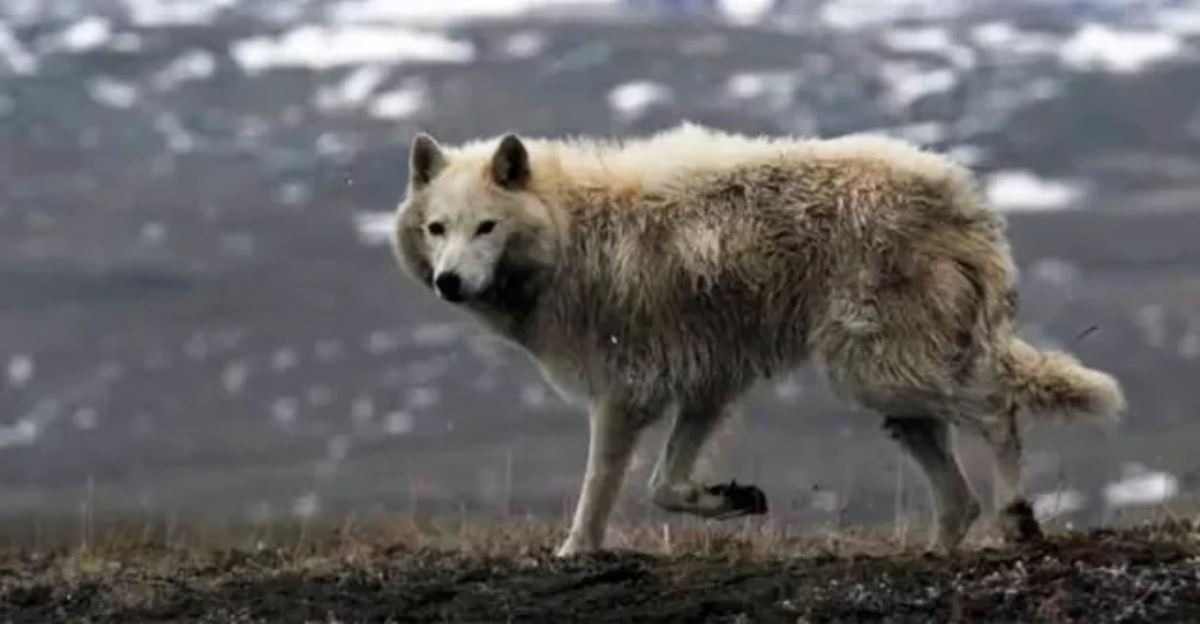
Found on Canada’s remote Baffin Island and nearby isles, the elusive Baffin Island wolf remains one of the least understood subspecies. Described in 1943 by zoologist Anderson and named Canis lupus manningi after Arctic explorer Thomas Manning, it’s adapted to the cold with a small frame and thick, pale coat.
Adults weigh between 14 and 23 kilograms (30–50 pounds), and stand up to 3.5 feet tall. Their primary prey includes lemmings, Arctic hares, and caribou, and they often hunt in pairs.
The subspecies is considered endangered due to climate change, reduced prey availability, and increased human activity in the Arctic. Urgent protections remain needed.
6. Alexander Archipelago Wolf (Canis lupus ligoni)
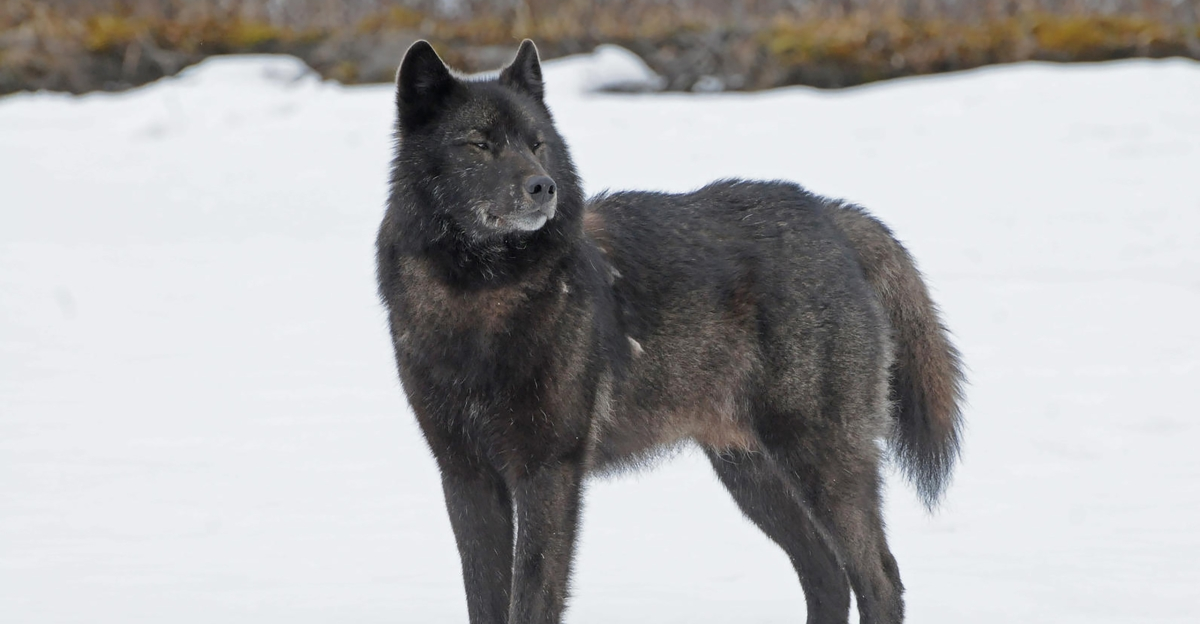
The Alexander Archipelago wolf calls southeast Alaska’s island forests home. This subspecies faces an uphill battle, particularly on Prince of Wales Island, which hosts about a third of its population. Habitat destruction from logging, increased road access, and prey shortages threaten its survival.
The U.S. Fish and Wildlife Service declined to list it under the Endangered Species Act in 2023, despite warnings it could vanish locally within 30 years. These island wolves also suffer from trapping, isolation, and inbreeding—factors that make recovery difficult.
As pressures grow, conservationists warn that time is running out to preserve this unique coastal predator and its ecosystem.
7. Iberian Wolf (Canis lupus signatus)
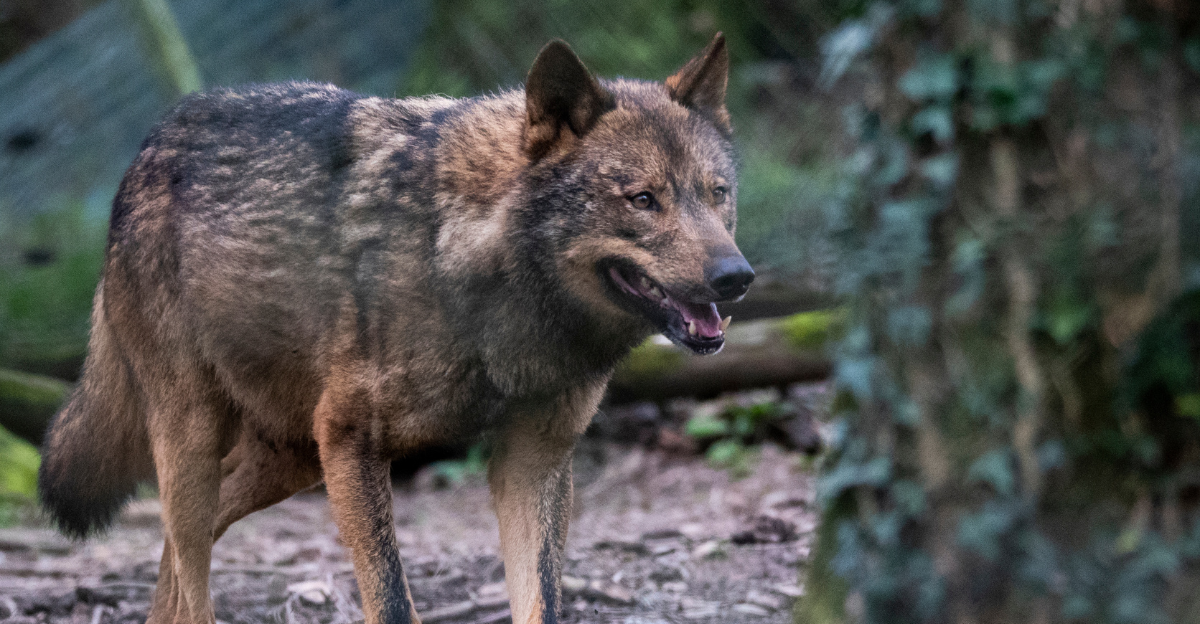
The Iberian wolf, named for its distinct facial and leg markings, holds on in parts of Spain and Portugal. Once common throughout the Iberian Peninsula, today about 2,500 remain, mostly in northern regions.
They’re lighter and smaller than their northern cousins but no less formidable. These adaptable predators feed on deer, boar, rabbits, and even feral horses when needed. Despite their protected status, they face continued risks from illegal hunting, habitat fragmentation, and road accidents.
Conservation efforts have helped some populations rebound, but expansion is slow. Their survival hinges on maintaining coexistence with humans and preserving corridors between fragmented territories.
8. Italian Wolf (Canis lupus italicus)
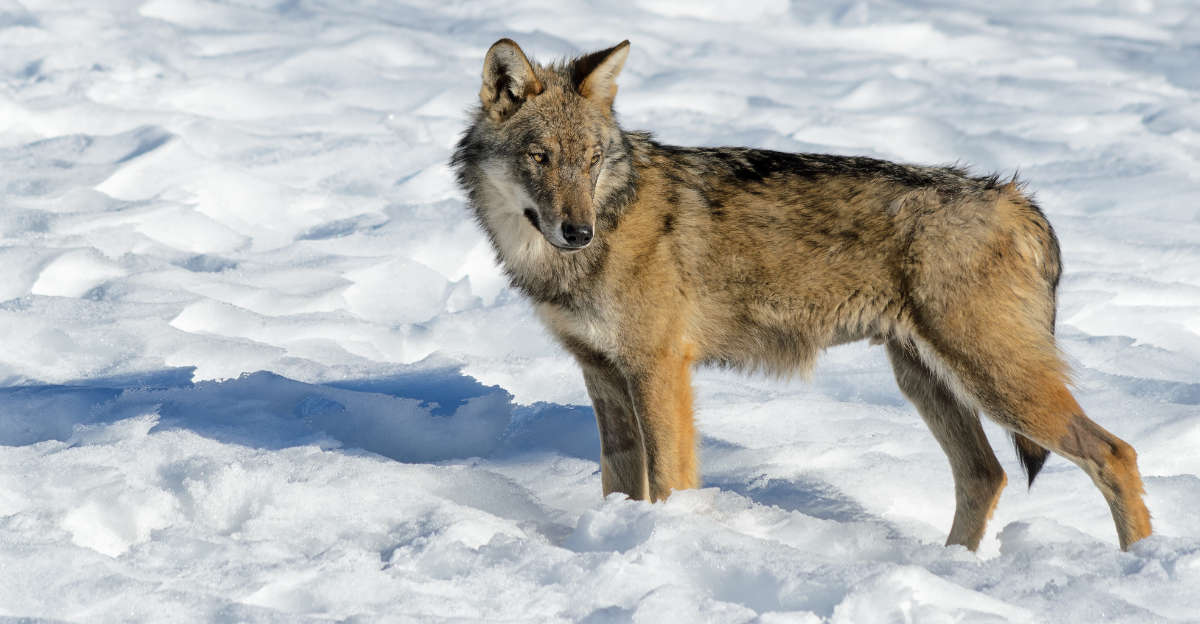
The Italian wolf, or Apennine wolf, nearly vanished in the 20th century but has made a cautious comeback. By the 1970s, fewer than 100 remained. Today, the Italian wolf population is approximately 3,300 individuals.
First identified as a distinct subspecies in 1921, it has long sparked debate among taxonomists. Its recovery stems from legal protections, cultural shifts, and expanding forest habitats. However, hybridization with dogs and illegal killings continue to threaten progress.
As a rare Mediterranean predator, the Italian wolf shows how fragile even a successful recovery can be. Sustained conservation efforts will determine its long-term fate.
Why Rare Wolves Matter More Than Ever
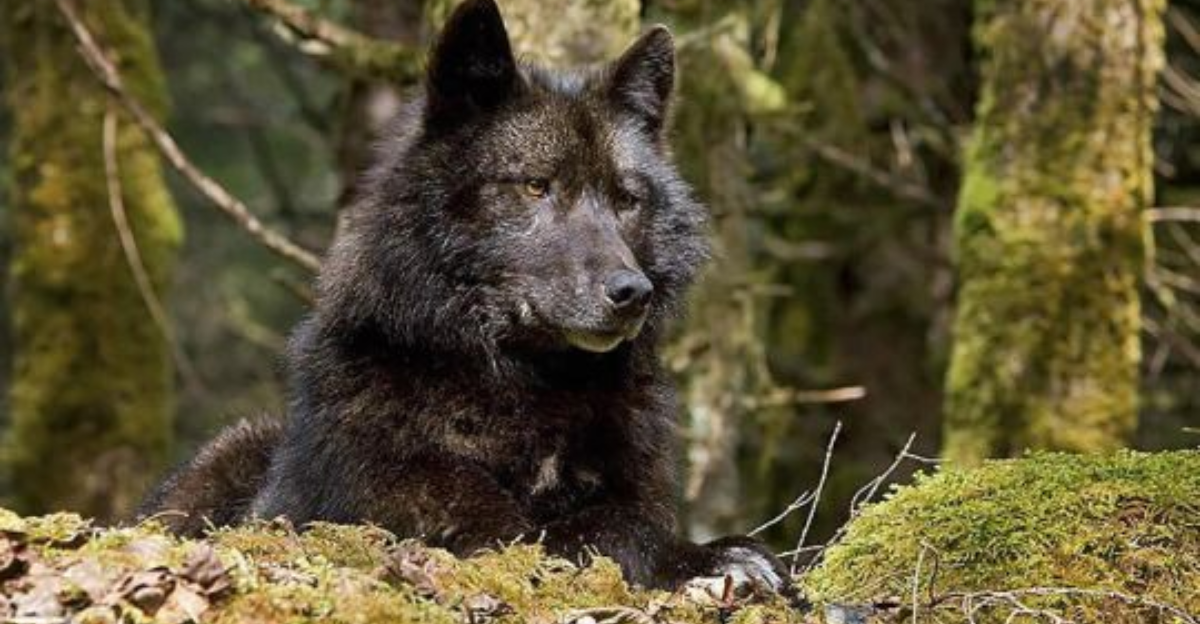
These rare wolves are more than curiosities—they’re critical links in the evolutionary chain. Each subspecies reflects thousands of years of adaptation to unique environments, contributing to the health and resilience of global ecosystems. Their decline isn’t inevitable—it’s largely human-driven, through habitat destruction, persecution, and genetic dilution.
Saving these wolves means more than boosting numbers; it requires protecting the distinct traits that make them irreplaceable. As conservationists race against time, the fate of these subspecies reminds us that preserving biodiversity isn’t just about survival—it’s about honoring the natural history written into every paw print, howl, and adaptation across time and terrain.
Explore more of our trending stories and hit Follow to keep them coming to your feed!

Don’t miss out on more stories like this! Hit the Follow button at the top of this article to stay updated with the latest news. Share your thoughts in the comments—we’d love to hear from you!







